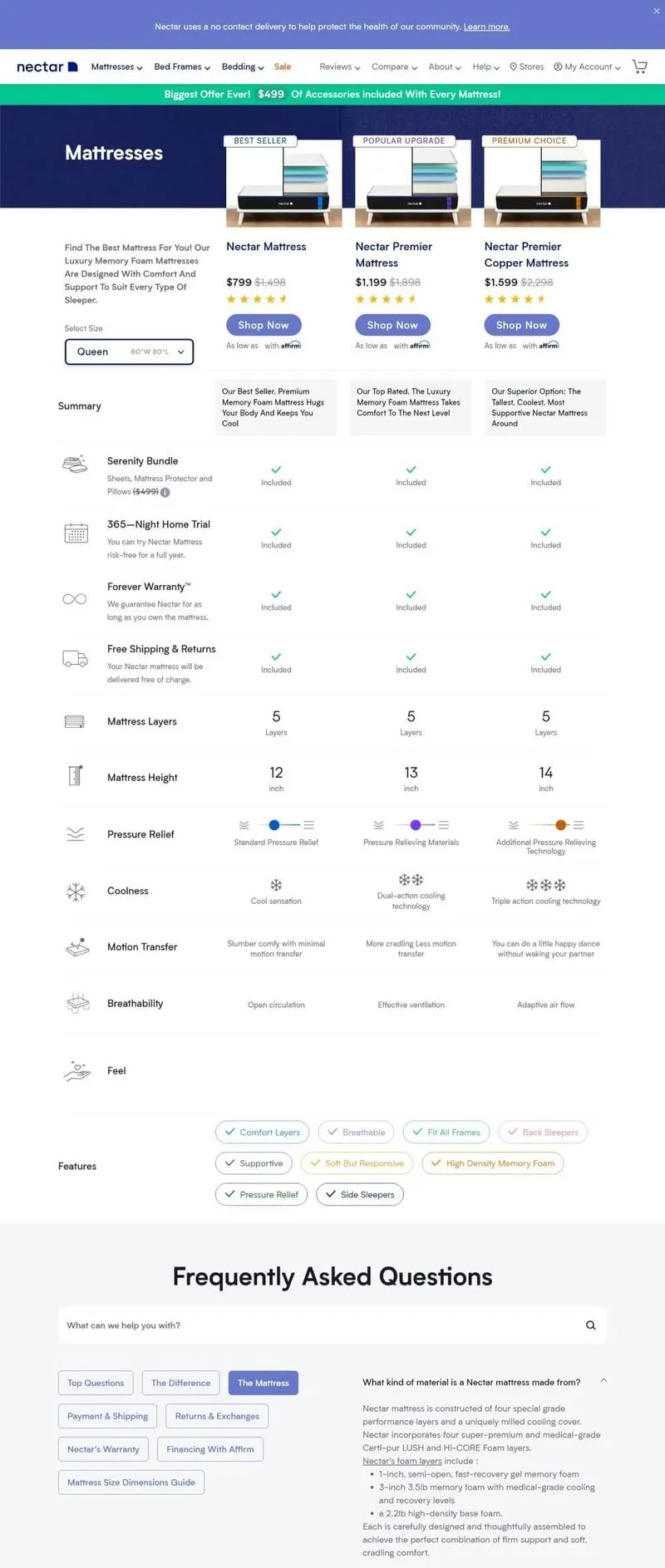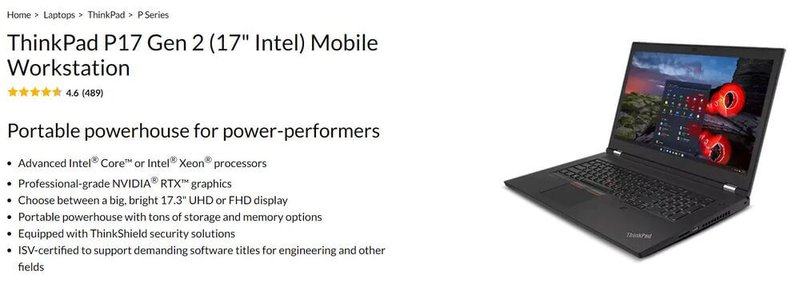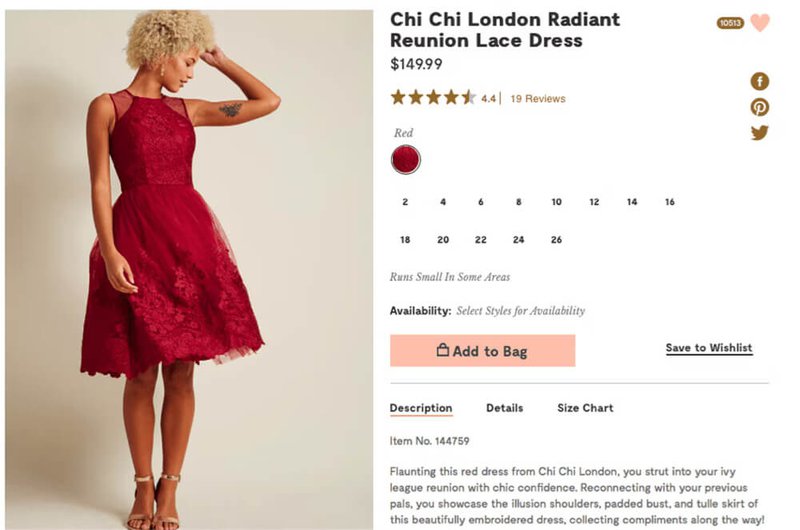Ecommerce Copywriting: How to Write Powerful & Effective Copy in 2024
Struggling with your eCommerce copy? Here is the comprehensive guide on eCommerce copywriting - how to write the best copy + best practices & examples.
Updated March 1, 2024.

DTC brands have been competing with online retailers since the dawn of time (not really, more like the last 10 years or so). But it’s a fierce battle. Ecommerce businesses need to compete with large retailer giants like Amazon, Home Depot, Walmart, on product quality, price, and online attention.
The main thing that differentiates successful brands is brilliant copywriting. If you can describe your eCommerce product, and highlight its key benefits, in an engaging and creative way then you’ve won half the battle.
And even if you’ve hired a pro ad copywriter or an eCommerce marketing agency to write your copy you will still need to be involved in the copywriting process because no one knows your product like you.
In this post, we break down what eCommerce copywriting is, where your copy should go, what are the common mistakes of bad copywriting.
Let’s dive in.
What is eCommerce copywriting?
Ecommerce copywriting refers to any kind of content or text that you create for an online store. It includes things like product descriptions, titles, category pages, promotional offers, and landing pages of all kinds.
The purpose of eCommerce copywriting is to explain the benefits of your product to your visitors and get them to buy it. The other goal with your copy is to get your store to rank on search engines.
Here’s an example of a brilliant DTC cereal brand called Magic Spoon. They are the first company to launch a subscription-based cereal product that is grain-free (what? no grain in my cereal? yep, you’ve read it right). High protein, no sugar, and a lot of really great copy.
Here’s the copy on their home page. It’s clear, crisp, and gets straight to the point.
As you go down the page you see three main benefits of the product. The copy here is really easy to read and fully explains the benefits in as few words as possible. No fluff.
Good eCommerce copy is absolutely vital for online conversions. It can make or break the user experience on your site and has a huge influence on your conversion rates. Now that you know what eCommerce copywriting is, let’s talk about all the different pages you need copy for on your site.
Pages on your eCommerce site that need copywriting
1. Product pages
Product pages are the most important pages on your site (in terms of copy). This is where your potential customers get to learn about the benefits of your product and where you have a chance to sell them.
The vital ingredients of good product page copy are:
- Product description
- Product specs (color, ingredients, materials, etc.)
- The primary benefits of the product
- FAQs
Reviews, customer testimonials, and social proof (not copy-related, but equally vital)
Here’s what Magic Spoon’s product page looks like. Notice how catchy their description is, the main benefits are clearly displayed in the second element, and they have a really easy-to-read comparison table.
2. Category pages
Category pages are often overlooked because they don’t have as much text as your product pages, but they are still a really important place for your copy. They usually have space for a line or two of copy before and after your products.
Here’s an example of a category page from Nectar. They turned their category pages into a product comparison chart. They have written out all of the various product benefits, and have a sentence about the category and about each product.
3. About us pages
About us is the place your visitors go to find more about your brand. It’s important to tell your story, describe your expertise, and show some flair. This is where customers go to emotionally connect to your brand and if you have great copy here then they will be more likely to come back and purchase again.
4. Blog posts
Blog posts are usually associated with content marketing but there is a great opportunity to incorporate some copy. Take that same tone you’ve used on your product and category pages and incorporate it into the CTAs on your blog. Here’s an example of Nectar’s CTA.
5. Comparison pages
Comparison pages can be really content-heavy if they are written for the blog but they could be really short if they are built like landing pages. Copy is super important here. It’s your time to highlight the benefits of your product or brand and you only have a few seconds to capture the visitor’s attention.
Here’s what Siena’s comparison page looks like:
The benefits of eCommerce copywriting
Here are some benefits of writing good copy for your eCommerce store:
1. Higher conversions
The main purpose of copy is to turn your visitors to customers. Good copy can increase your conversion rate and bring you more sales. Good copywriting should match the user intent on each page and seek to answer all of their questions right there on each page.
2. More organic traffic
When you optimize your copy with the right keywords it can bring your more traffic from organic search. Keyword research and optimization should be part of your copywriting process and should have your target customer in mind. Each page should have a target keyword and a whole list of secondary keywords that you should include.
3. Informs customers
Good copy should describe your brand and product and provide all the needed information to your ideal customers. It should describe product features, guarantees, and your shipping/return policies in a clear and concise way.
4. Defines your brand
Last but not least, copy plays an important role in your brand strategy. It helps shape your brand persona and describe your brand values to your customer base.
Common mistakes seen in eCommerce copywriting
Now that you know the purpose of good copy let’s talk about what not to do with it. Here are the most common mistakes you find with eCommerce copy:
1. Focused too much on the product (too technical)
The biggest mistake you find with copy is that it’s too technical. It’s easy for a writer to get lost in all the various keywords they need to put in and sometimes they are pressured by the SEO team to stuff them all in there. Unfortunately, it can do more damage than good and completely destroy the user experience. Always keep the customer in mind and try to hit their pain points.
Here’s a great example from Lenovo of all product features, almost no benefits. Don’t try this at home folks.
2. Lack of personality
You don’t want to be too dry. Copy needs to be personal and elicit a feeling from the reader. Really good copy captures the imagination, is consistent with your brand voice, and leaves a positive lasting impression on the reader.
If you don’t already have a set brand personality then start by asking yourself - if your brand was a person, what would they be like? Would they be smart, charming, quirky, helpful, or decisive?
3. Too much fluff & extra adjectives
Some copywriters try too hard to tell a story. They start describing the product using a bunch of unnecessary adjectives. Avoid using flowery language because it makes things harder to read, clutters your sentences, and slows down the reader.
4. Inconsistent tone
Sometimes as your project grows you end up working with different copywriters and marketers on your team. Make sure that the language you use is aligned with your tone. Regularly review your site copy to make sure that it’s consistent with your brand voice.
Ecommerce copywriting best practices
Now that you know what not to do for your copy, let's talk about what all the different ways you could really make your copy shine.
1. Know your audience
Before you do any copywriting you have to know who you're writing to. Make sure to gather all the various data on your target customer - age, gender, geography, buying patterns, interests, and the main problems that your product solves for them. If you already have a buyer persona then use that.
2. Conduct thorough keyword research
Remember, you're writing copy not only for your users but also for search engines. So make sure you find all the relevant keywords for each page, filter them by search volume and keyword difficulty, and place them where it makes sense.
There needs to be a balance between the customer experience and the SEO work. Good eCommerce copywriters should be able to find the balance between the two and be able to include all the right keywords and tell a good story.
3. Start with the core benefits of each product
Now that you have all your keywords picked out it's time to start writing the copy. The first place to start is by focusing on the biggest benefits the customer should know about or the action that you want them to take.
Here are some good questions to ask yourself:
- What are your potential buyers looking to solve?
- What are the positive impacts or use cases you should mention?
- What have your actual customers said?
4. Try to tell an interesting story
The story doesn’t end with a catchy headline. It should be weaved throughout your copy. Here’s a great example from ModCloth where they tell a story in the product description of a woman going to a ball wearing this dress and then display an image to match it. And the user has all the product details they need under the details tab if they want to know more.
5. Use bullet points for your product pages
Make your pages readable by using different formats like bullet points, italicized or bolded text, and include lots of numbers. Bullet point lists are easier to read than long product descriptions in paragraph form. You can also use them throughout the site as a way to remove fluff and describe things more concisely.
Here’s an example of a really clear layout from REI:
6. Use internal linking
Internal links are the foundation of SEO copywriting but they also help the user navigate your site and find what they are looking for. In terms of SEO, you should decide which pages should link to another and incorporate that into your copywriting strategy.
Get feedback on your copy from the entire team
Copy is one of the strongest levers for eCommerce growth. It helps catch the user’s attention, describe your product, and generate a strong desire in your visitor to convert. And because of its direct impact on your revenue, you should include the entire team in the process.
Get feedback from your product team to make sure your product descriptions are accurate and get your branding manager to review your copy to double-check that your voice is consistent with the brand. If you’ve onboarded a new content marketing agency and need them to brush up on their knowledge of your industry, have them take an eCommerce marketing course.
FAQs
What’s the difference between copywriting and content marketing?
Copywriting refers to any kind of copy on your eCommerce site while content marketing usually refers to blog content and social media posts. A content marketing strategy could include a variety of content including guides, lead magnets, PDFs, and case studies. Sales copy is usually more transactional and shorter than long-form blog content.
How do you do product copywriting?
The way to do professional product copywriting is to craft a good headline and a subhead, focus on the product benefits (not just the features), tell a story, use a friendly tone, use power words, answer a customer’s questions, make your page easy to scan.
How many times should I use keywords on a page?
It completely depends on the use case. If you’re an eCommerce business then your product titles and descriptions should be filled with a variety of keywords. You should place keywords throughout your copy to better describe your product or service.
Look up specific language and terms that searchers would use to find similar products and weave your brand personality into it.
Where is copywriting applied?
On every page of your website. An online business could have hundreds of different pages they use to convert their audience. These could be product pages, category pages, landing pages, the checkout process, blog pages, and more. All of them require good copy.











![[Interview] Neal Schaffer on How to Build Relationships with eCommerce Influencers](https://entail.mayple.com/en-assets/mayple/fit-in/280x280/6194d6b0ff9b9cf0daf35978_1201117809151689Mayple1920x1080MAR1_02_8817e554b079ec2ed8ac2e7bb0743c8c_2000-1699776049691.png)

![The eCommerce Holiday Readiness Guide 2024 [Updated]](https://entail.mayple.com/en-assets/mayple/fit-in/280x280/60b7581f89bea756cee92923_blackfridaysaleholidaysbanner_1dd9b5c88c26c47d9aa42e4eb2e8a050_2000-1699777158118.png)

